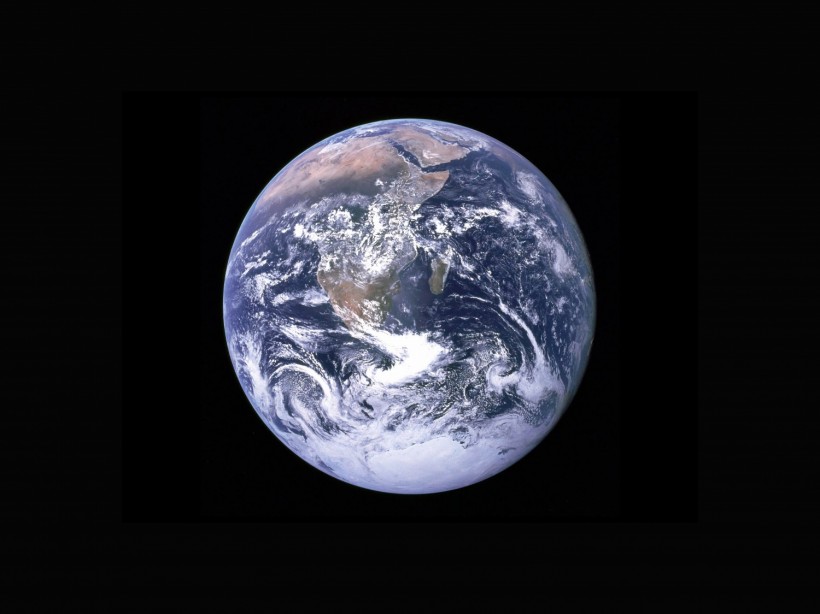New research by scientists from the University of Alabama detected a dense layer of ocean bottom material that covers the border between the Earth's core and mantle.
According to Earth.com, this ancient ocean floor was most likely subducted underground as the Earth's plates changed, making it thicker than the rest of the deep mantle and slowing seismic waves rebounding under the surface. This ultra-low velocity zone (ULVZ) was previously found only in isolated patches, but it has now been revealed to spread throughout a large area.

Ancient Ocean Floor Is Covering the Boundary Between Earth's Core and Mantle, Study Suggests
Seismic Waves From Earthquakes Strangely Slowing Down
In a new study, titled "Globally Distributed Subducted Materials Along the Earth's Core-mantle Boundary: Implications for Ultralow Velocity Zones," published in the journal Science, researchers used seismic imaging data to explore Antarctica. They have discovered material from an ancient ocean floor buried deep inside the Earth for countless years and is now situated close to the planet's core.
This material can be identified by a dense and "thin" layer at the core-mantle boundary, roughly 2,000 miles beneath the Earth's surface.
Co-author of the study, Edward Garnero, who is a professor at Arizona State University's School of Earth and Space Exploration, stated in a press release via Phys.org that their high-definition imaging method allowed them to detect thin and abnormal zones of material at the core-mantle boundary (CMB) all over the place they examined by analyzing thousands of seismic recordings from Antarctica.
The layer, referred to as ULVZ, comes in the form of mountains protruding from the CMB, with some being up to five times taller than Mt. Everest. Researchers think the ULVZs must be made of thick material from the old ocean floor.
As per their investigation of seismic waves emitted from earthquakes, the team observed that the waves were slowing down drastically in parts of the CMB. The ULVZs are known to be speed-hindering patches that vary in thickness, suggesting they may surround the entire core.
The discovery of this material from the ancient ocean floor, buried deep inside the Earth for countless years, has significant implications for understanding the Earth's history and geology. This breakthrough may lead to further studies to better understand the ULVZs and their composition.
READ ALSO: Plate Tectonics, Fault Causing Earthquake Explained by Earth Scientists in Groundbreaking Study
Everest-Dwarfing Mountains May Reveal How Heat is Released From Earth's Core
The mountains discovered by scientists near the Earth's core may play a significant role in determining how heat escapes from the planet's molten core, Futurism reports.
The researchers believe that the material from the ancient ocean floor, which makes up the mountains, could be reused to form the floor of oceans today, gradually dredged up through volcanic eruptions. These discoveries are crucial for understanding the Earth's history and geology.
Lead author Samantha Hansen, a professor of geological sciences at the University of Alabama, stated that seismic investigations provide high-resolution imaging of the Earth's interior structure, which is much more complicated than once thought.
The study establishes critical linkages between shallow and deep Earth formations and the overarching mechanisms that drive the planet.
These findings significantly affect further studies on the Earth's geology and processes.
RELATED ARTICLE: Earth's Outer Core Is Changing Based on Seismic Waves From Earthquakes, Study Claims
Check out more news and information on Earth Science in Science Times.



![Earth's Quasi-Moon Kamo‘oalewa Could Originate From Lunar Surface Not Asteroid Belt [Study]](https://1721181113.rsc.cdn77.org/data/thumbs/full/53275/89/56/50/40/earths-quasi-moon-kamo-oalewa-could-originate-from-lunar-surface-not-asteroid-belt-study.png)










